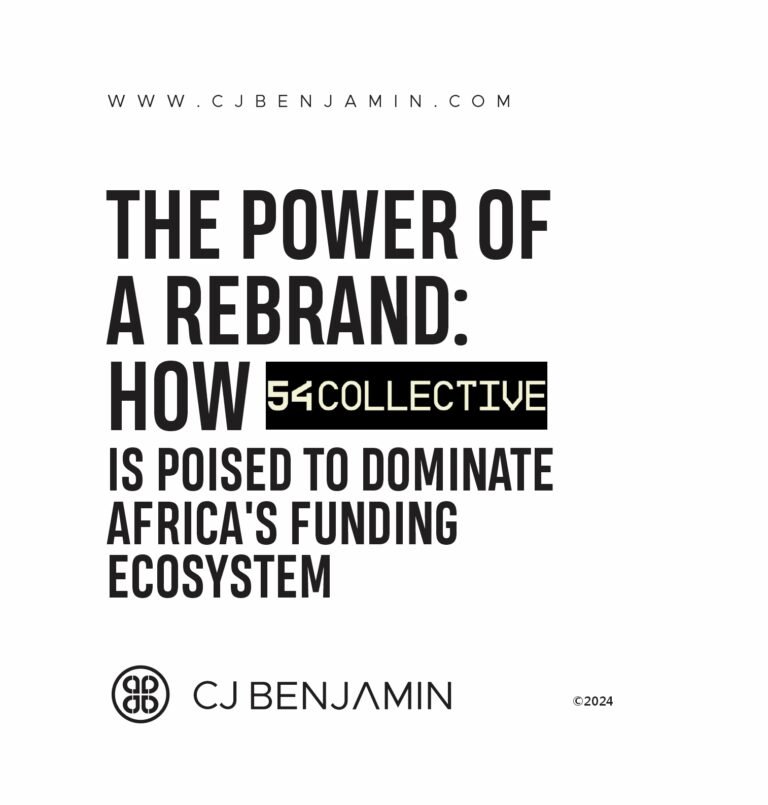When you’re launching a startup, it’s important not to reduce the concept of branding to be about a cool logo or coming up with a catchy tagline. That’s okay, but always see branding from an intellectual point of view (emotion + intellect)
If you do, it will enable you to create a powerful brand narrative that resonates with your audience, drives your mission, and lays the foundation for growth-scalability must be at the centre of every decision. If you brand right, you build better, if you build better, you scale faster.
Here’s a step-by-step guide to help you brand, build, and scale your startup effectively.
Phase 1: Brand
- Define Your Vision and Mission:
Start by clearly defining what your startup stands for and what it aims to achieve.
Your vision is your long-term aspiration, and your mission is how you intend to achieve those aspirations. These elements are crucial as they provide direction and inspire both your team and your customers.
Example: Tesla’s vision of a sustainable future and its mission to accelerate the world’s transition to sustainable energy are central to its brand.
- Identify Your Target Audience
Knowing your target audience is key. Conduct market research to understand who your potential customers are, what they need, and what they value.
This understanding will help you create a brand that speaks directly to them.
Example: Airbnb identified a need for affordable, unique accommodations and shaped its brand around this insight, appealing to both budget-conscious travellers and property owners.
- Develop a Unique Value Proposition:
Your unique value proposition (UVP) is what sets you apart from competitors. It should be clear, compelling, and communicate the specific benefits your product or service provides.
Example: Slack’s UVP is to simplify team communication, setting it apart from traditional email and messaging platforms.
- Establish Core Values
Core values are the guiding principles that shape your startup’s culture and influence every aspect of your business. These values should be reflected in your branding, operations, and interactions with customers.
Example: Patagonia’s core values emphasize environmental responsibility, which is evident in its branding, product development, and corporate practices.
Phase 2: Build
- Innovate and Create:
The build phase is where you focus on creating something impactful and innovative. This involves developing your product or service with a focus on solving real problems and delivering unique value to your customers.
Example: Apple’s relentless focus on innovation has led to the creation of revolutionary products like the iPhone and MacBook, which have significantly impacted the tech industry.
- Establish a Strong Online Presence
In today’s digital age, having a robust online presence is essential. This includes a professional website, engaging social media profiles, and consistent, high-quality content that reflects your brand’s values and mission.
Example: Glossier has effectively used social media and user-generated content to build a loyal community and amplify its brand presence.
- Foster a Positive Company Culture
Building a positive company culture is crucial for attracting and retaining top talent, fostering innovation, and ensuring that your team is aligned with your vision and mission.
Example: Google’s emphasis on creativity, collaboration, and employee well-being has helped it build a strong, innovative, and motivated workforce.
- Focus on Customer Experience:
Deliver exceptional customer service and create positive experiences for your customers. Happy customers are more likely to become loyal advocates for your brand.
Example: Zappos is renowned for its outstanding customer service, which has helped build strong brand loyalty and advocacy.
Phase 3: Scale
- Leverage Data and Analytics:
As your startup grows, use data and analytics to make informed decisions. Analyze customer feedback, sales data, and market trends to refine your products, services, and marketing strategies.
Example: Netflix uses data analytics to understand viewer preferences and behaviors, which helps it create and recommend content that keeps subscribers engaged.
- Expand Your Market Reach:
Scaling involves expanding your market reach through strategic marketing initiatives, partnerships, and new distribution channels. This can include digital advertising, influencer collaborations, and public relations campaigns.
Example: Dropbox’s referral marketing strategy significantly increased its user base and brand awareness by incentivizing existing users to invite their friends.
- Maintain Brand Consistency:
Ensure that your brand’s messaging, visual identity, and values remain consistent across all channels and touchpoints as you scale. Consistency reinforces brand recognition and trust.
Example: Apple’s unwavering commitment to sleek design and innovative technology has maintained its brand consistency over decades.
- Adapt and Evolve:
Stay flexible and adapt to changing market conditions, customer preferences, and technological advancements. Continuously innovate and refine your offerings to stay relevant and competitive.
Example: Netflix’s evolution from a DVD rental service to a streaming giant demonstrates the importance of adaptability in maintaining brand relevance and growth.
Note: You can’t build a million dollar brand with a minimum wage brand ethics. If brands are built in the minds of consumers, then a lot of “MIND” must go into the process.
I hope this helps.



